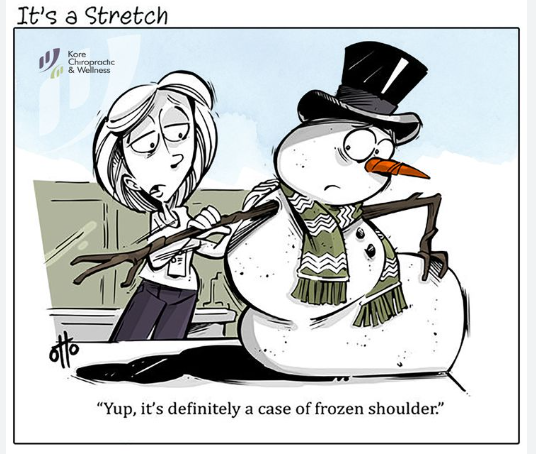One event Complete
- Mary Katherine Hopkins
- Feb 10, 2023
- 2 min read
Last week I gave a short talk on the history of Barn Quilts.

Today's Barn quilts are derivative versions of the famous décor on the sides of barns in the eastern farming communities in the USA. They come with the long and convoluted history of the immigrant migrations, primarily Protestant, escaping persecution in Europe. It began in the early 1600 and continued well past the Civil War, ebbing and resurging for several hundred years.
In the Northeastern USA, New York and Pennsylvania were flooded with Dutch, German, English, Scandinavian and central Europeans each bringing their folk art and quilting styles.
It wasn't until paint became available and affordable that the communities began painting designs on their barns.
The process waned in the late 1800s and during the depression. It wasn't until the 1942 that an enterprising person by the name of Jacob Zook, an 11th generation Pennsylvanian Dutch began manufacturing metal Stars and Round "Hex" signs for sale. These are still available today.


The Barn Quilts we know today, Blocks, were instituted in the year 2000 in Ohio by a woman named Donna Sue Groves, as a tribute to her mother who had been an avid quilter. It was noticed and encouraged by the Ohio Art's Council in 2001 as a new tourist attraction.
In 2007, the International Plowing Match was held in Timiskaming Ontario.
Three women, Bev Maille, Marg Villneff and Eleanor Katana organized the creation of 200 barn quilts and saw them installed in the area.
The rest is history.
If you google Barn Quilt Trails, https://barnquilttrails.ca/ you can access recent detailed maps with location of current Barn Quilts. That site is Canadian so investigate the American sites as well.
Your next Quilt Shop expedition with friends or your trip south can include these gems as well.




Very interesting Mar. thank you